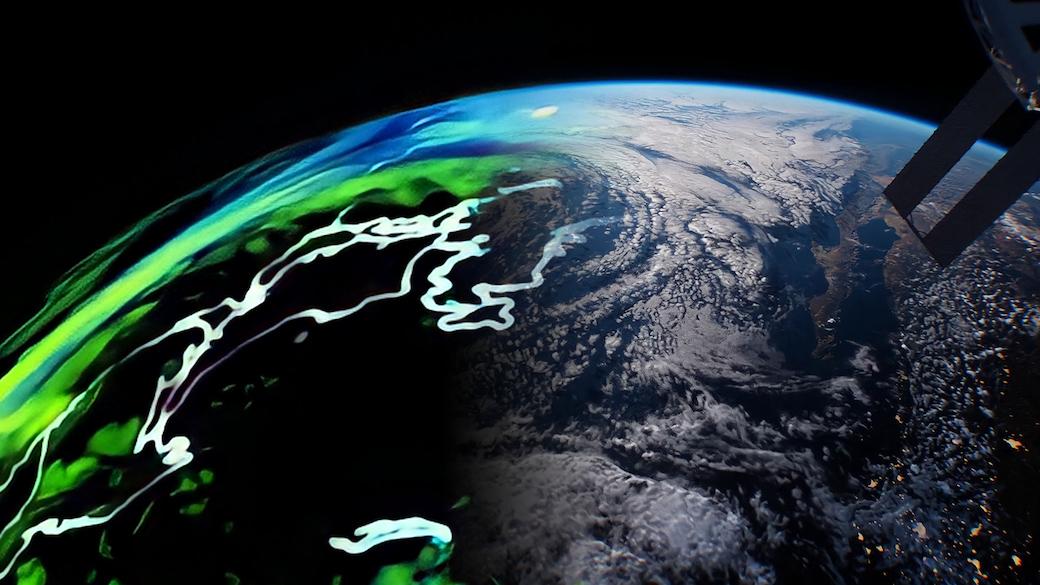
The National Oceanic and Atmospheric Administration (NOAA) has contracted with Lockheed Martin Space to construct a digital twin of the Earth’s weather.
The “Earth Observations Digital Twin,” which Lockheed is developing in partnership with graphics-processing unit developer NVIDIA, is expected to give NOAA high-resolution, accurate and timely depictions of global weather conditions, Lockheed Space said on Nov. 17.
For the first part of the contract, Lockheed and NVIDIA are to demonstrate by September 2023 the platform ingesting and utilization of sea-surface temperature data by September 2023.
Lockheed notes that NOAA regularly receives terabytes of data about the Earth’s cryosphere, land, atmosphere and oceans, as well as surrounding space weather, from a variety of satellite- and Earth-based sensors.
The digital twin is intended to provide an efficient and centralized platform for monitoring that global weather, including extreme events. The plan calls for the software to use artificial intelligence (AI) and machine-learning to automate the detection of anomalies and better predict weather.
“Digital twins will help us solve the world’s hardest scientific and environmental challenges,” says Dion Harris, lead product manager of accelerated computing at NVIDIA.
For the weather digital twin, Lockheed’s OpenRosetta3D, an open-source workflow engine for geospatial data, will use AI and machine-learning to ingest, format and fuse weather observations from multiple sources into gridded data and then detect anomalies.
NVIDIA’s Omniverse Nucleus will convert that data into a “Universal Scene Description” framework, enabling data-sharing across multiple tools and between researchers. Finally, Agatha, a Lockheed-developed visualization platform, will ingest that data so users can interact with a 3D representation of the Earth’s weather.
NVIDIA and Lockheed previously have collaborated on a digital twin. The two companies in 2021 announced a joint project with the U.S. Department of Agriculture’s Forest Service and Colorado Div. of Fire Prevention & Control to use AI and digital-twin simulation to examine and predict the spread of wildfires. That system also is designed to suggest actions to best suppress fires.
